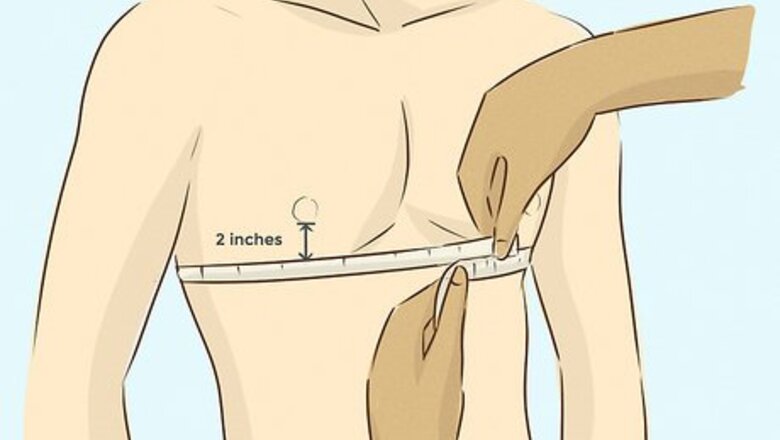
views
- Bras have a strap size and cup size. Strap size refers to the size of your upper torso, while cup size is the volume of breast tissue supported by the bra.
- To find your strap size, measure your chest circumference two inches (5.1 cm) below your nipples, then add 5. Ex: If your chest is 35 inches, your strap size is 40.
- Choose a cup size that fits your desired shape and look. Use tissues, padding, or silicone breast forms to fill bras that are larger than your natural cup size.
- Experiment with different styles, fabrics, colors, and cuts. Aim for bras that fit comfortably and match your sense of style.
Choosing a Bra Size

Measure your chest circumference 2 in (5.1 cm) below your nipples. Place a soft measuring tape against your bare skin or a thin t-shirt, without a bra. Position it directly under your bust area where your bra band will sit, or about 2 in (5.1 cm) below your nipples. Keep the tape positioned horizontally all the way around your body, then make a note of the measurement on the tape. Have someone assist you, or use a mirror to check that the tape is positioned parallel to the floor as it extends under your arms and across your lower shoulder blades before noting your measurement. Avoid holding your breath since doing so can expand your chest. Exhale to release the air from your lungs and return your ribcage to a natural, non-expanded size.

Calculate your band size by adding 5 to your chest circumference. Round your chest measurement to the nearest whole number. That number, plus 5, will be your bra band size. For example, if you measured 28.5, you’d round up to 29 and add 5 to reach a band size of 34. If your measurement was 35, add 5 to reach a band size of 40. The band size is the first part of a bra size, and it’s followed by a letter indicating the cup size. So a 36C bra and a 36DD bra have the same-sized band, but different cup sizes.
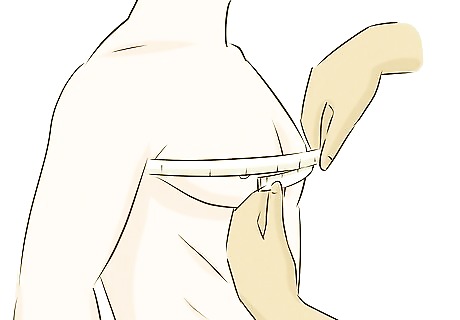
Find your natural cup size by measuring directly across your nipples. Extend the tape measure around your chest, keeping it in line with your nipples this time. For people with breasts, this measurement will be larger than the first measurement. Whether yours is smaller, the same, or larger than the first, round this measurement to the nearest whole number. Then subtract this from your chest measurement to determine your cup size. A difference of 0 means you’d wear an AA cup. A difference of 1 means an A cup, 2 means a B cup, 3 means a C cup, 4 means a D cup, 5 means a DD cup, 6 means a DDD or F cup, and 7 means a G cup. If your band size is 34 and your bust also measures 34, you’d wear an AA cup without any padding. So you could purchase a bra in the size 34AA. If your band size is 38 and your bust measures 40, a B cup might fit you best. Try a bra sized 40B if you don’t want to use any padding.

Select your ideal cup size if you plan to use padding. When picking a cup size, stick with your band size and choose a cup size that’s proportional to your body. If you have a broad chest and shoulders, consider a D or DD cup. If you have a small frame, something like a B or C cup could look flattering. Try out different options until you find the size you love. In bra sizes, subsequent letters indicate larger cup sizes. So, if a 34AA bra would fit your natural, unpadded form, you could go up to a 34B or 34C for a larger cup size. Feel free to try out different cup sizes and breast forms. Just make sure you have the right bra to wear with each one.
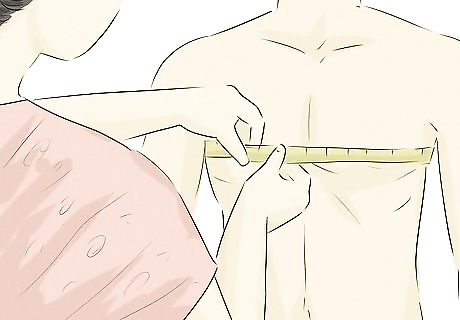
Consider getting fitted by a bra retailer. If you’re not familiar with bra sizing, a professional bra fitter or bra sales associate can help point you in the right direction. During your fitting, ask them to bring you a variety of different sizes and styles while you’re in the fitting room. This will make the process of finding your perfect size more fun and hassle-free. If you’re nervous about requesting a fitting, consider contacting the shop in advance. Find out whether their staff knows how to assist males with bra fittings, and see if you can make an appointment.
Padding Your Bra to Change Your Shape
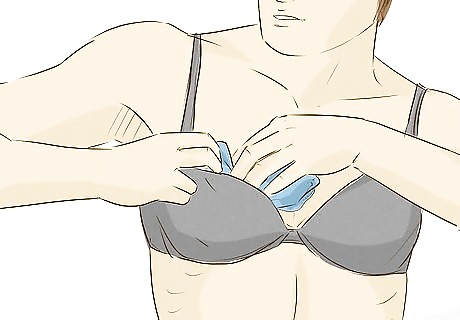
Stuff your bra with socks or tissues for a small amount of padding. If you have a push-up bra with a significant amount of padding, you may not need to add much to fill out the cup. Crumple up some tissues to fill in the gaps, and use tape to hold them in place. Or, fold up a pair of socks for a little extra padding. Since there may be a gap between your chest and the top of the bra cup, these options work best if you’ll be wearing an outfit that conceals your bra.
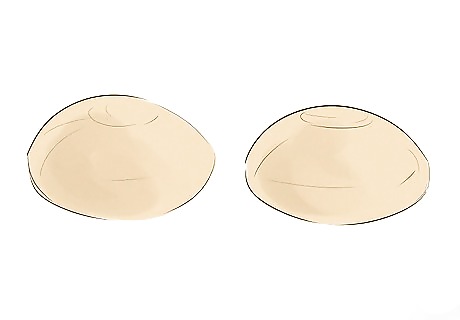
Use foam or silicone inserts to enhance your natural chest. If you want to lightly lift the fleshy parts of your chest, slide a silicone push-up insert into the bottom of your bra cup. Then lift your bust up and over it so it sits on top. Or, if you’d like to add some depth to your chest, place a foam pad on the inside of your bra cup. These can be soft and flexible or stiffer with molded push-up components. Foam inserts are sometimes called “cookies,” while silicone inserts are often called “chicken fillets” or “chicken cutlets.”
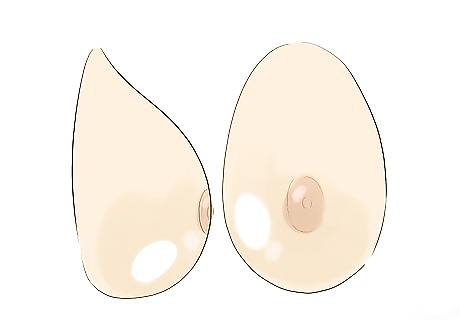
Select a pair of silicone breast forms for a larger bust. Breast forms come in a variety of shapes and sizes; some are designed to look like natural breasts with nipples, while others simply create the desired breast shape. Choose a set with an adhesive backing if you want them to stick to your skin for a secure fit. Alternatively, tuck the breast forms into the cups of a standard bra or slide them into a pocket bra for more support. Try symmetrical breast forms for versatility with any type of bra. Choose silicone breast forms with cleavage for a full-looking, exposed bust. These consist of 2 breast forms connected by a silicone chest piece that extends up to your neck. Choose one that matches your skin tone.
Choosing a Bra Style
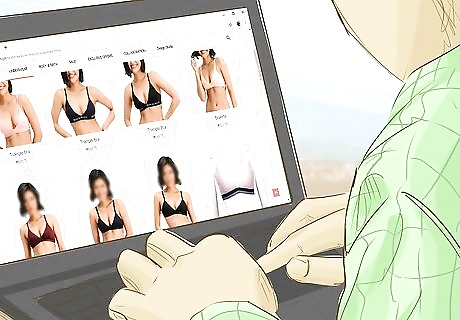
Purchase your bra from a physical store or online retailer. Bras are available at nearly any department store or big-box retailer that sells clothing. For a plus-size bra, a pocket bra, or something specific, look at specialty retailers and lingerie shops. If you’re nervous about buying a bra in person, order one online. Just make sure they offer a good return policy in case the bra doesn’t fit correctly. Lingerie shopping can be lots of fun! Bring a friend or your partner with you and consider making a day out of it.

Choose a padded bra with underwire support for a firmer bust. Many padded and push-up bra styles feature substantial amounts of molded foam padding. Select this style if you want the appearance of a larger chest. If you’ll be adding breast forms, pick a bra with underwire support to help lift and hold the forms in place. The underwire sits in a U-shaped curve below each cup within a channel in the band. To find out whether a bra has underwire, pinch this part of the bra to see if it’s rigid. Make sure you choose the correct band size. Otherwise, the underwire may start digging into your chest.
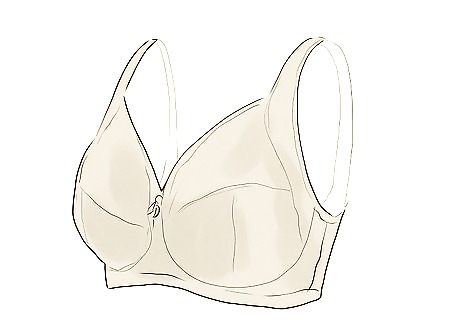
Try a non-padded, wireless bra for a softer silhouette. If you plan to wear small breast forms or no padding at all, consider a soft, wireless bra. Based on your preferences, you can find wireless bras in sports-bra designs, jersey loungewear styles, lacey bralette options, and everything in between. If you’d like to ease into wearing a bra, start off with a non-padded bra to see how you like it. Some wireless bras feature hook closures while others are stretchy and can be pulled on over your head. Try whichever style you prefer.
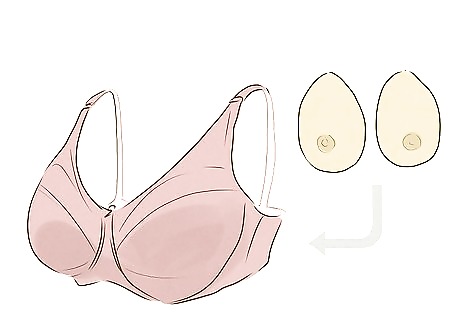
Select a pocket bra to hold large breast forms in place. If you’ve purchased breast forms, see if the retailer sells corresponding bras as well. Look for a bra that features pockets or pouches in each cup to hold the inserts. If you’re using large or heavy breast forms, a pocket bra will provide extra support and will keep them in place. Make sure you pick out a pocket bra that’s compatible with the breast forms you plan to wear. Avoid buying one in too small a cup size; you might stretch it out trying to fit the inserts inside.
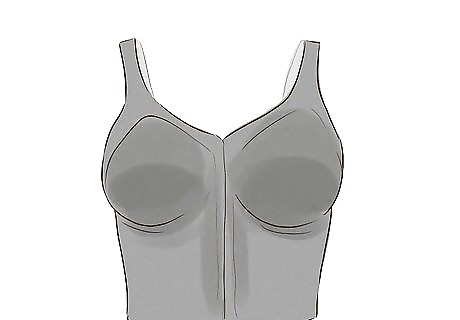
Wear a longline bra to smooth out your torso. If you’re looking for a bra that doubles as shapewear, opt for a longline bra. The band on a longline bra typically hits near the waist, and it contains boning to help cinch in your figure while eliminating any bulges. Go up at least 1 size from your usual band size to account for the more constricted silhouette. Many longline bras feature a row of hooks and eyes at the back, which can be difficult to close up at first. Take some time to practice doing up the closures, starting with the top hook and working your way down.
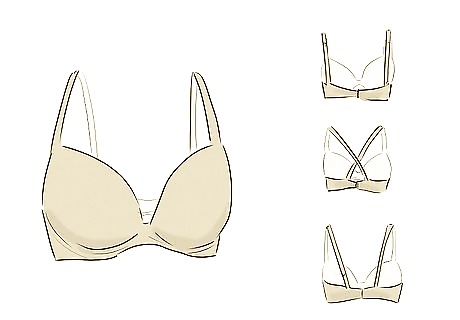
Try a convertible bra for multiple bra strap configurations. If you find standard bra straps to be too short and constricting, or if you’d like to adjust your bra straps to suit a specific top or dress, choose a convertible bra. Inspect the bra to make sure the straps can be disconnected at the front and back. Look along the inside for additional loops so that you can connect the straps at any point. When you’re ready to put on the bra, loosen the straps and hook them into the right configuration first, then tighten them until they’re comfortable. The straps on a convertible bra can be crisscrossed at the back, arranged in a one-shoulder shape, slung around your neck in a halter style, and more. Most styles can also be worn strapless. Purchase a set of clear plastic straps for an invisible look.
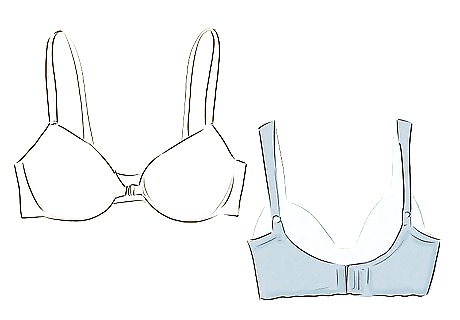
Decide whether you prefer bras with back or front closures. Standard bras typically feature back closures that contain a few rows of hooks and eyes. Choose this style if you want the option of expanding or tightening the band, or adding a band extender, for the most comfortable fit. Opt for a front-closure bra if you have a wide ribcage or if you have a limited range of motion in your arms. Front closures consist of 2 pieces of plastic that click into place between the cups. Look for a band with extra stretch if you’re worried about the feeling of a tight band around your ribcage. Avoid a band that’s too tight since it will cause the skin around your back to bulge out. Plus, it won’t be comfortable.
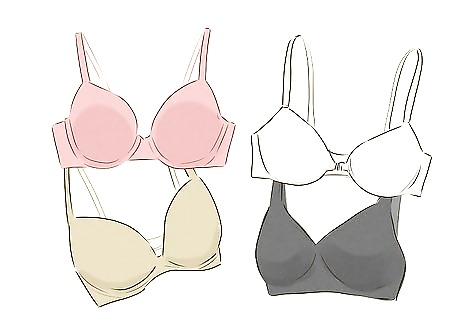
Experiment with bras of different colors, fabrics, and cuts. Bras come in nearly an infinite number of styles, silhouettes, colors, fabrics, and designs, which means you’re sure to find a bra that fits your personality and fashion sense. Opt for a smooth fabric in a neutral color like black or flesh tone if you want a seamless look. Or choose lace, sequins, and other little details if you prefer to show off your bra. Keep in mind that lace, trims, pleats, seam lines, and other textured details will show through on tighter-fitting tops. Try a padded t-shirt bra with molded cups under a form-fitting top. Depending on the style and fit you want, experiment with different coverage options. Options range from full-coverage styles to demi-cup and balconette cuts.










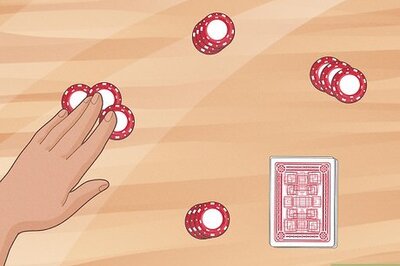

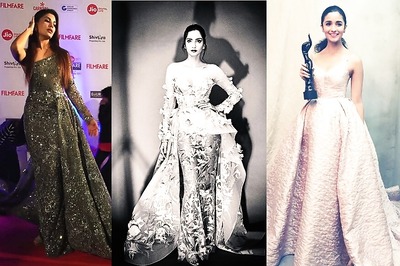







Comments
0 comment